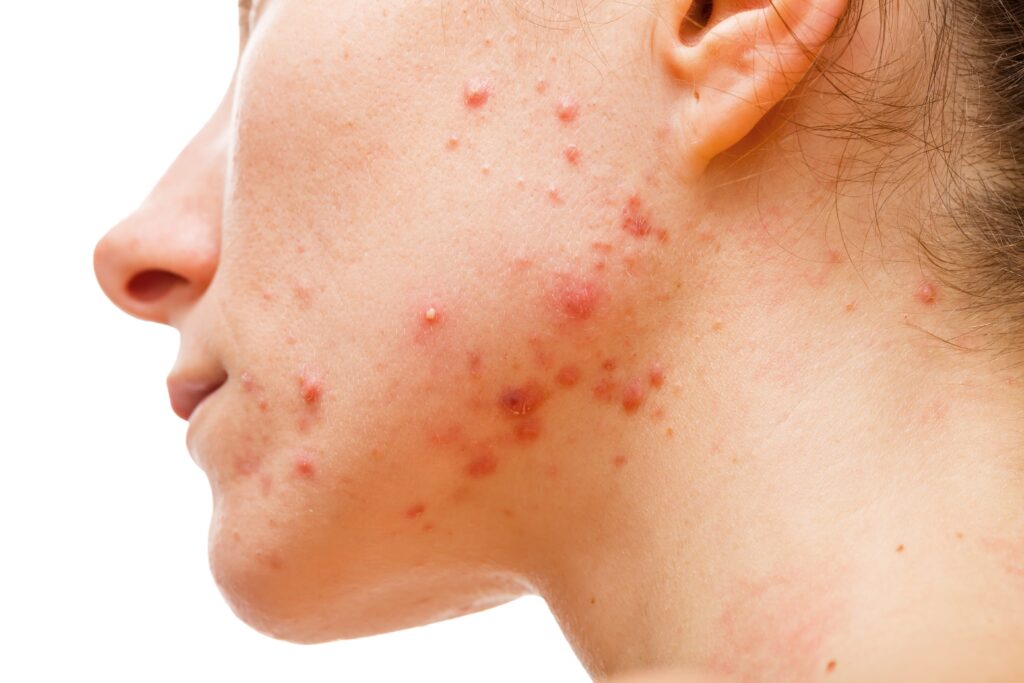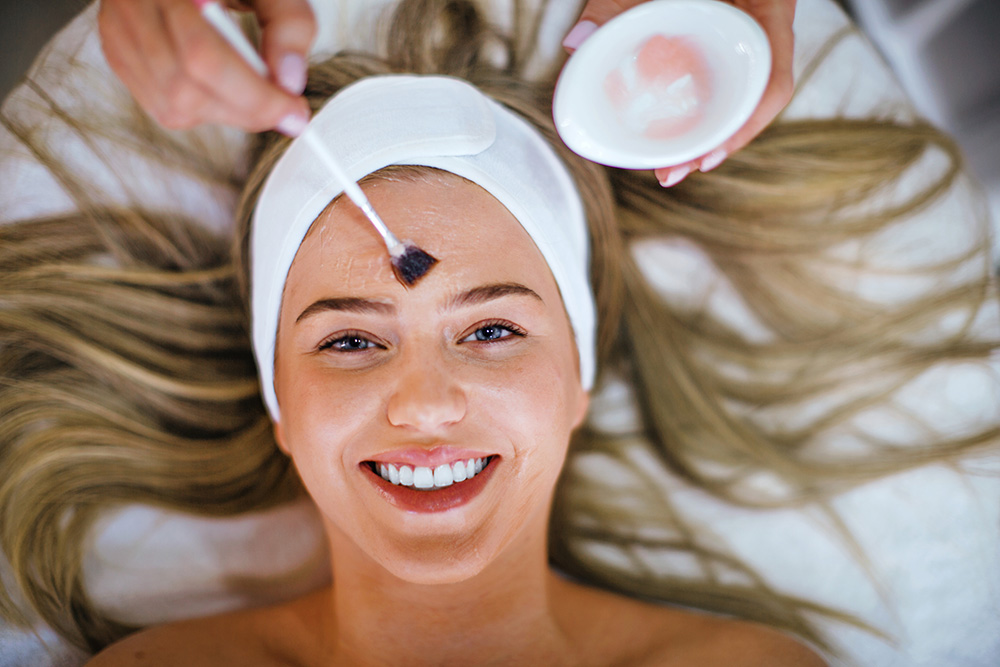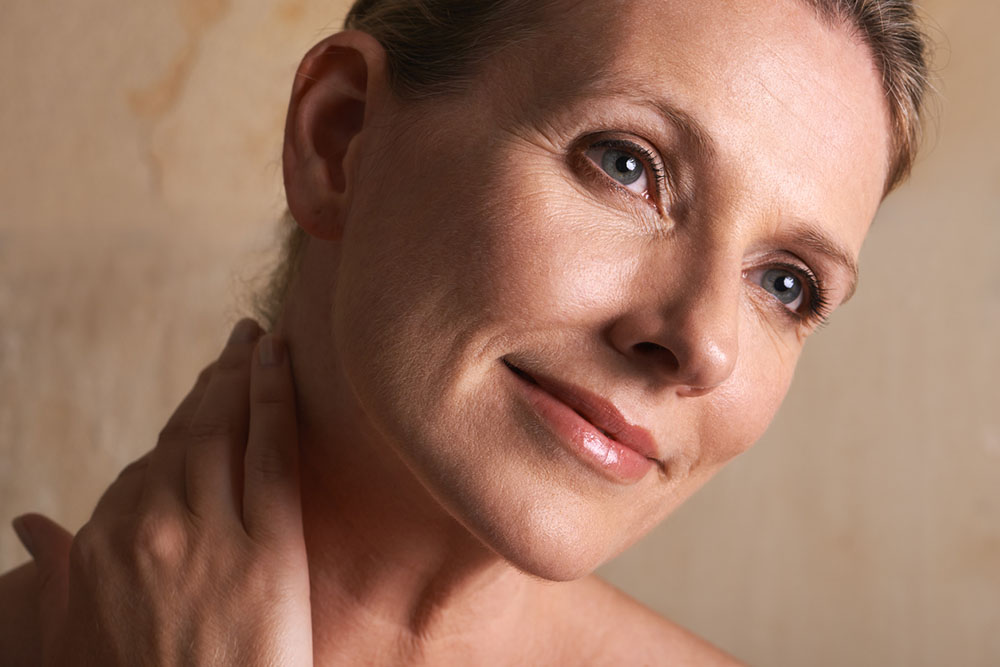This article was last updated on August 22nd, 2024.
Acne is a very common, frustrating, and usually inconvenient skin condition that most people experience at different points in their lives. Teenagers and/or young adults often experience the worst and most persistent cases of acne, thanks to their rapidly changing hormones. However, adults are not exempt from experiencing hormonal acne, either.
While acne can be caused by a variety of things—hygeine, diet, hormones, or all three—it might be hard to tell which problem to begin addressing in order to make your acne go away.
So how can you tell you’re experiencing hormonal acne instead of dirt, poor diet, or something else?

Hormonal acne is caused by an imbalance and fluctuation in hormones, hence the name!
Pinpointing whether someone’s acne is being caused by hormones (“hormonal acne”) can be frustrating because we can’t visually see the hormone imbalance. We may need bloodwork drawn and a dermatologist’s help to determine if hormones are the root of our acne problem.
However, there are a few factors that can help a dermatology provider narrow things down to determine whether or not you’re experiencing hormonal acne.
1. Age
Age is a factor in hormonal acne. We expect teenagers to have acne. After all, their hormones are raging and they are going through major bodily changes.
Unfortunately, it doesn’t always stop there. Once you reach your 30’s and 40’s, acne can strike again, especially in women—pregnancy and pre-menopause hormones can disrupt your oil production. Additionally, hormonal fluctuations caused by menstruation and even menopause can create an excess of oil produced causing more breakouts.
If you are past your teen years and are still experiencing acne or maybe you had baby soft skin during your teens and you are just now breaking out, these are good signs its hormonal acne.
2. Pattern of Occurance
Hormonal changes often occur in patterns, especially for women. Progesterone and estrogen normally fluctuate during a woman’s 28-day cycle. If you are breaking out around the same time every month, then more than likely it can be chalked up to hormonal acne.
3. Acne Type
Acne type can be an indicator of hormonal acne. There are different types of acne. Most often, acne consists of blackheads, whiteheads and clogged pores that become infected (papules and pustules).
On the other hand, hormonal acne can result in nodules and cysts. Nodules hurt. They are large, hard and go deeper into your skin. Cysts are also deep but can have pus and are softer. If you are experiencing large, hard bumps you are unable to “pop” (please stop trying, you don’t want to create a scar!), these are likely related to hormones.
4. Acne Location
The location of your acne can be telling. Hormonal acne is usually found around the jawline, chin, and cheeks. The excess hormones in your body are making your oil production increase as well and many oil glands are around the chin/jawline.
How to Treat Hormonal Acne
So how do you treat hormonal acne?
Hormonal acne is harder to treat and oftentimes requires not only prescription creams but possibly even an oral medication to help balance out those hormones.
You will likely find many at-home remedies out there in your online searches, as well as countless over the counter acne solutions that treat pimples but not underlying causes. Therefore, the absolute best thing you can do for hormonal acne is to schedule an appointment with your dermatologist right away.
Your dermatologist might ultimately refer you to a hormone specialist if the hormonal acne persists. Hormone replacement therapy treatments like the ones offered at our sister company Blue Sky MD can help restore balance to out-of-wack hormones and stop hormonal acne at its source.
If you suspect you’re experiencing hormonal acne, start by contacting us today to find out!








